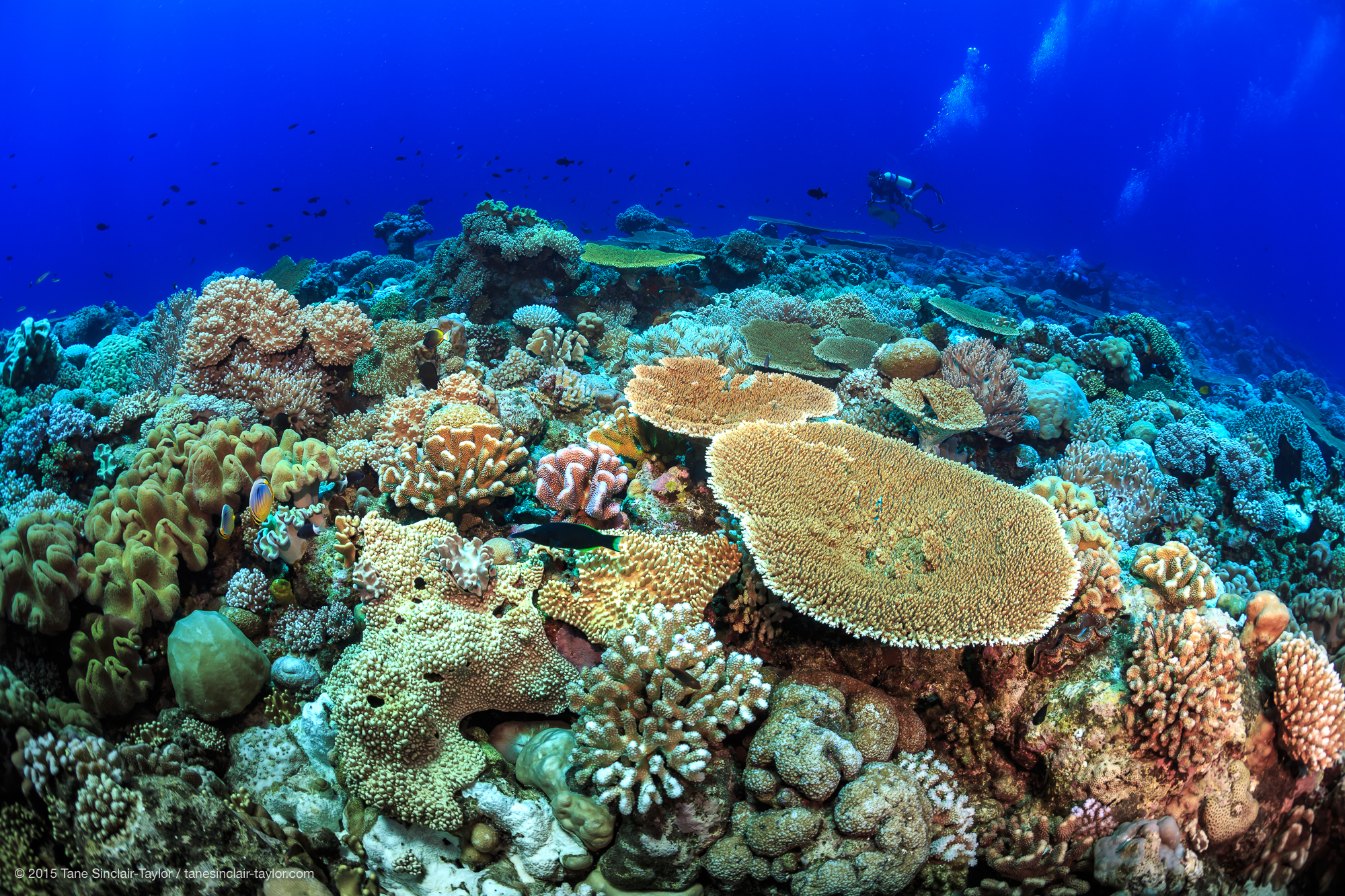Can you really study two-thirds of the globe yourself?
The greatest concentration of marine species on Earth can be found in the coral reefs and surrounding waters of the Indian and Pacific Oceans. Many of these reefs, however, are under increasing stress from human impacts at both the local (including eutrophication, pollution, fishing, etc) and global scale (climate change).
Genetic data can be used to:
- Clarify connections between reefs that arise from the movement of individual organisms between locations; reef communities that are well connected are likely to be more resilient to local stresses whereas disconnected communities may be more vulnerable.
- Help reveal the evolutionary processes that have yielded this staggering array of species.
Management of coral reef communities should aim to preserve both the connections that maintain persistence in the short term as well as the processes that create these biodiverse communities.
Although many research groups have independently amassed genetic data that speak to these issues, there have been few coordinated efforts across the entire region, which spans half the globe. As host to the greatest concentration of marine biodiversity on Earth, the Indo-Pacific is the obvious region to study how biodiversity evolves in the marine realm. However, comprehensively addressing hypotheses regarding the generation and maintenance of biodiversity in the Indo-Pacific marine realm will necessitate syntheses of genetic data obtained by many different research groups.
